The discovery of the Zeng Hou Yi tomb in 1978 marked a watershed moment in the study of ancient Chinese music and metallurgy. Nestled in Hubei province, this 2,400-year-old burial site unveiled a treasure trove of bronze artifacts, most notably an elaborate set of 65 bianzhong (bronze bells) that revolutionized our understanding of prehistoric sound engineering. These perfectly tuned instruments demonstrated an acoustic sophistication that would not be replicated in the West for over a millennium.
The bells of Zeng Hou Yi represent the apex of Zhou dynasty bronze casting, with each piece exhibiting precise tonal qualities across a five-octave range. What makes this particularly astonishing is that every bell produces two distinct musical notes depending on where it's struck - a technological marvel achieved through exacting calculations of thickness ratios in the bronze alloy. Archaeologists found traces of mercury amalgam still clinging to the surfaces, suggesting the ancient craftsmen employed advanced mercury-gilding techniques to enhance both visual grandeur and acoustic resonance.
Recent spectrographic analysis reveals the bronze composition contains precisely 13-16% tin, the ideal proportion for harmonic vibration. This metallurgical formula appears consistently across the entire set despite variations in bell size from dinner plate to wardrobe dimensions. The largest chime measures 1.5 meters tall and weighs 203.6 kg, yet produces crystal-clear tones comparable to its smallest counterparts. Such consistency implies the existence of standardized production methods and possibly even early forms of mass production in the 5th century BCE.
Musicologists have painstakingly reconstructed the original tuning system by studying strike marks left on the bells' interiors. These microscopic indentations show how artisans methodically shaved bronze to perfect pitch, sometimes removing mere microns of material. The completed set could play all twelve semitones of the chromatic scale, predating similar Western developments by nearly two thousand years. This challenges the long-held Eurocentric view that advanced music theory originated solely in ancient Greece.
The arrangement of bells on their lacquered wooden frames follows strict acoustic principles. Larger bells with deeper tones hang lower, while higher-pitched ones occupy elevated positions - an early example of ergonomic design. Intricate inscriptions on each piece document their musical notes in archaic Chinese characters, essentially serving as a prehistoric "user manual." These markings confirm the existence of a sophisticated musical notation system during China's Warring States period.
What truly astonishes researchers is the bells' enduring functionality. After careful conservation, many instruments still produce their original tones with less than 5% pitch deviation after 24 centuries. Modern craftsmen using scanning electron microscopes struggle to replicate the surface treatments that prevent bronze disease (a destructive corrosion process). The secret appears to lie in an ancient lead-based coating formula mentioned in Shang dynasty oracle bones but never before documented in physical artifacts.
The political implications of these instruments fascinate historians. The complete bianzhong set would have required over 10,000 kg of bronze - enough to forge 3,000 swords during an era of constant warfare. That a regional ruler like Marquis Yi of Zeng could command such resources speaks volumes about Bronze Age China's wealth distribution. The bells' inscriptions also list tribute payments from vassal states, providing concrete evidence of early Chinese feudal systems.
Acoustic testing in anechoic chambers has revealed extraordinary design features. Each bell's peculiar flattened-oval shape creates interference patterns that eliminate dissonant overtones - a principle similar to modern concert hall architecture. The slight outward flare at the rim (averaging 7.3° across the set) serves to project sound directionally, allowing musicians to "aim" notes at specific audience sections. Such refinements suggest generations of accumulated acoustic knowledge rather than sudden innovation.
Contemporary attempts to replicate the bells have yielded fascinating insights. The Shanghai Ancient Bronze Bell Research Institute spent eight years creating functional copies using traditional methods. Their findings indicate the original casting process likely involved multi-stage clay molds and controlled cooling in charcoal pits - techniques requiring temperature precision within 20°C. Even with modern technology, achieving consistent tonal quality across multiple bells proved extraordinarily difficult, underscoring the Zhou dynasty craftsmen's mastery.
The bells' cultural significance extends beyond musicology. Their decorative motifs - intertwining dragons, phoenixes, and thunder patterns - mirror designs found on ritual vessels from the same period, suggesting a unified aesthetic philosophy governing both visual and auditory arts. This represents one of the earliest known instances of cross-sensory artistic theory, predating similar Western concepts by millennia.
Ongoing research continues to unveil surprises. In 2019, CT scans detected microscopic air pockets deliberately incorporated into the bell walls at specific nodal points. These function similarly to modern speaker ports, enhancing bass response - an acoustic principle not formally described until the 19th century. The same scans revealed internal channels that may have been used to "tune" the bronze during cooling, analogous to how violin makers tap-test wood during construction.
The legacy of these bronze marvels endures in unexpected ways. Modern Chinese orchestras now incorporate replicated bianzhong in performances of both traditional and contemporary pieces. Their unique timbre - simultaneously bright and mellow - offers composers new sonic possibilities. Meanwhile, materials scientists study the ancient bronze alloys for insights into corrosion resistance, with potential applications in marine engineering and spacecraft design.
As we celebrate the 45th anniversary of their discovery, the bells of Zeng Hou Yi stand as testament to humanity's eternal pursuit of harmonious perfection. They bridge our modern world with an ancient civilization that understood the profound connections between art, science, and spirituality - connections that continue to resonate through the ages.

By /Jun 6, 2025
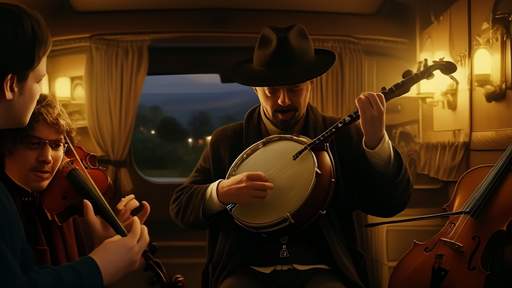
By /Jun 6, 2025

By /Jun 6, 2025

By /Jun 6, 2025
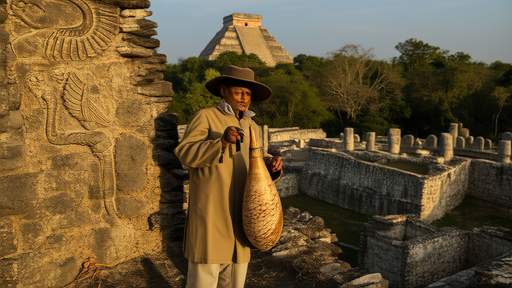
By /Jun 6, 2025
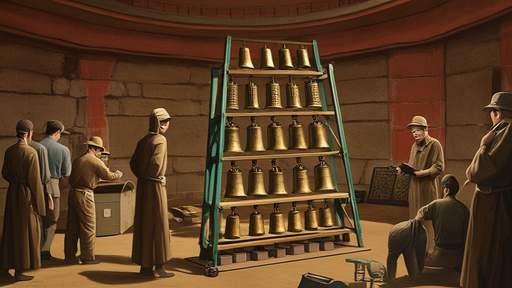
By /Jun 6, 2025

By /Jun 6, 2025

By /Jun 6, 2025

By /Jun 6, 2025
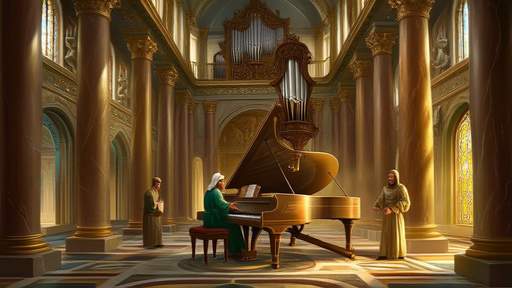
By /Jun 6, 2025

By /Jun 6, 2025

By /Jun 6, 2025

By /Jun 6, 2025
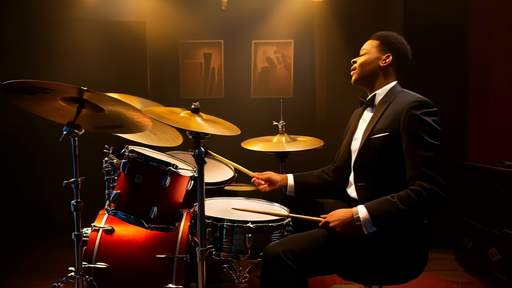
By /Jun 6, 2025
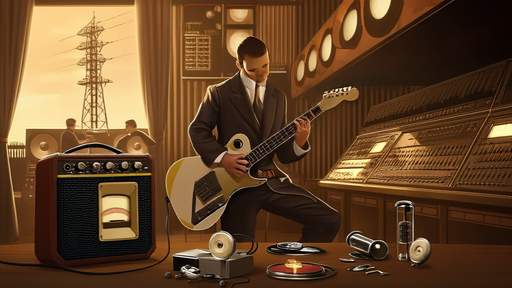
By /Jun 6, 2025

By /Jun 6, 2025
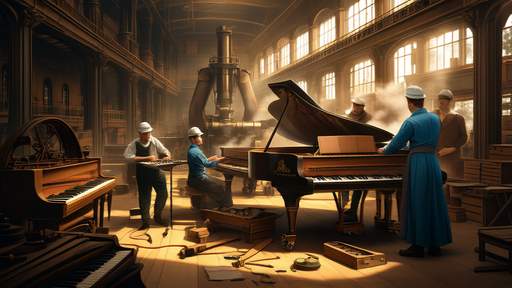
By /Jun 6, 2025
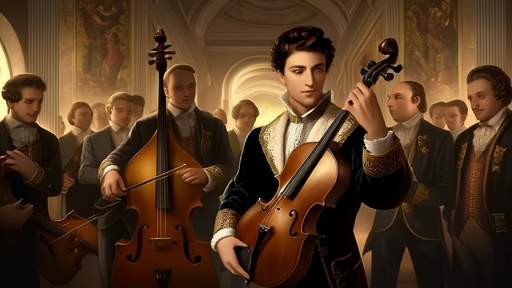
By /Jun 6, 2025

By /Jun 6, 2025

By /Jun 6, 2025